Art invites us to explore the ideas and concepts that govern our daily life. We might take these ideas for granted, but good art startles us, encouraging us to re-examine these concepts. One group of Bachelor of Fine Arts (BFA) students examines our sense of self through their art.
‘Who am I?’ We usually answer such a question by giving our own name. But for artists, such a question is tied intimately to our concept of self. A group of BFA students, Sherise Psaila, Kelly Scerri de Carlo, Amy Rizzo, and Estelle Zahra, use their creative talents to explore various aspects of the self.
Sherise Psaila – In Touch with Reality
There is little doubt that social media affects our sense of self. The way we view ourselves is tied to what we see of others. When we couple this with social media, where we have the ability to see hundreds of people, the problem is more pronounced. Sherise Psaila focuses her research on self-esteem and social comparison. She explains, ‘It’s how I see other people, and I compare myself. For example, people posting their achievements on social media can affect how you view your own accomplishments.’
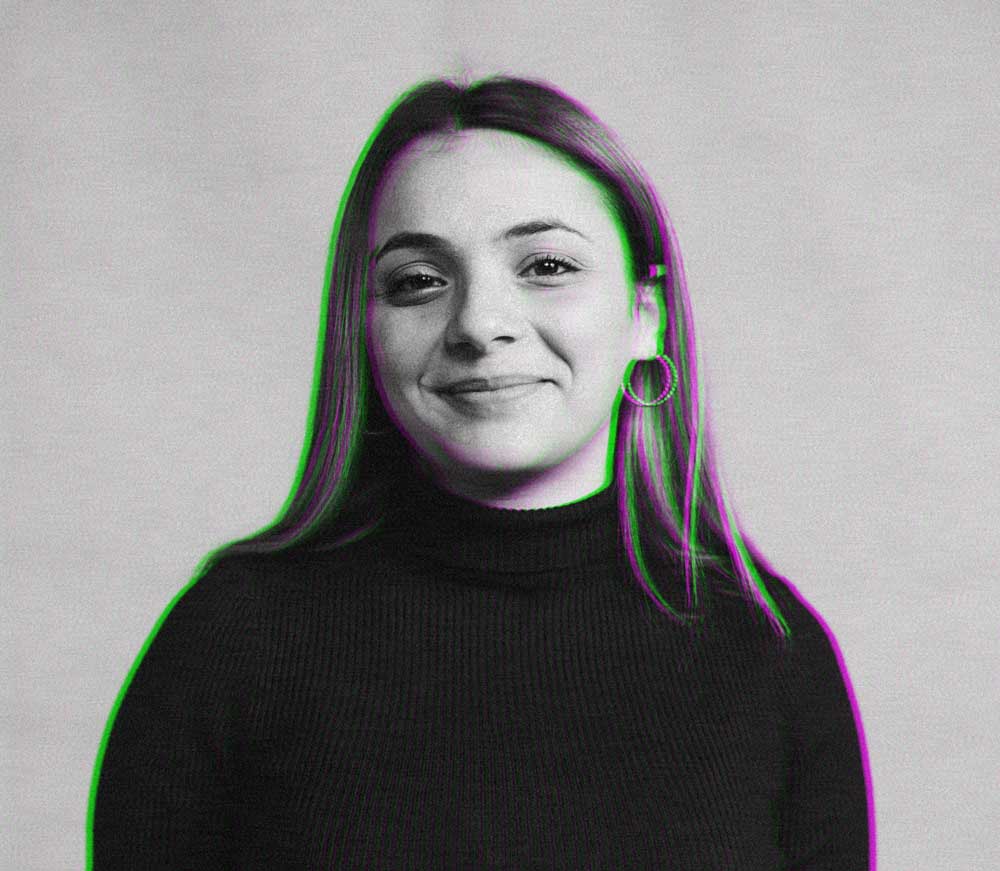
Sherise began her research by exploring social media, specifically Instagram, trying to identify a pattern in the way people post. ‘I found that people tend to post their achievements, their happy moments. We don’t tend to post about negative things.’ She points out that Instagram posts (which are ‘permanent’) tend to be positive, while on stories (which disappear after 24 hours), people tend to be more authentic. ‘They talk more about their day and how shitty it was, for example.’
To create her final artwork, Sherise drew inspiration from artist Gillian Wearing’s ‘Signs that Say What You Want Them To Say and Not Signs that Say What Someone Else Wants You To Say’ (1992-1993). Gillian had gone around the streets of London and asked people to say what they usually wouldn’t say. Interviewees were given the chance to write this down on a piece of card for Gillian to photograph. Sherise took a similar approach, asking 4 participants what they hide from social media, what they’d like to say to themselves when they don’t feel good about their reflection, and what they would say to people who compare themselves to others on social media. ‘Through that, I created an editorial with these photos, and then I decided to create a poster with the phrases they said themselves. I was going to use their handwriting first, but then I decided to shift more to the graphical aspect.’
The resulting booklet reminds us how important it is to rethink our relationship with ourselves and to not allow social media to define us. ‘Ultimately my goal was to make people want to accept themselves more as they are rather than try to become someone else just for social media.’


Kelly Scerri de Carlo – The Physicality of Happiness
The worries and responsibilities of adult life hardly leave any room to nurture our inner child. The feelings of innocence and childlike wonder have no place in our day-to-day troubles. However, for artist Kelly Scerri de Carlo, nurturing our inner child is crucial for our self-growth. ‘The installation is a personal journey to creating a safe space for my inner child in order to heal her,’ she explains.
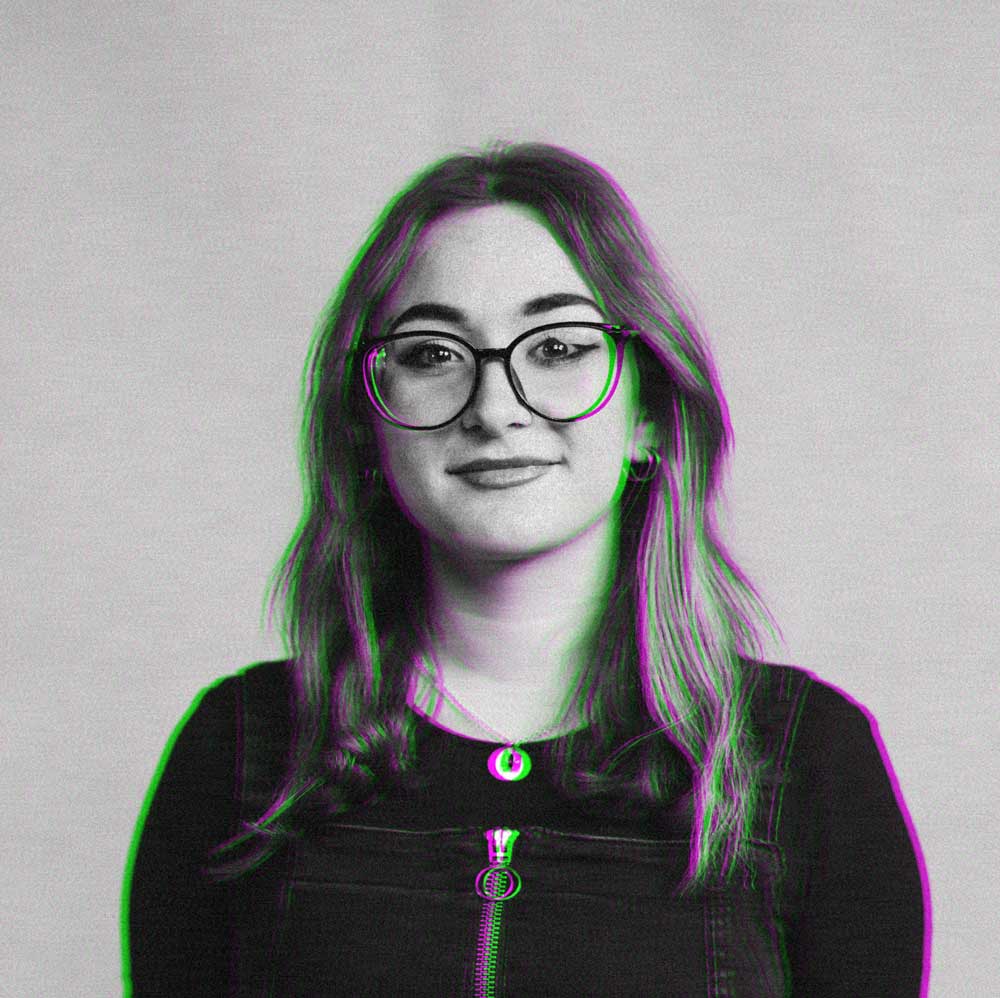
The installation is the result of auto-ethnographic (self-aimed) research combined with the Japanese philosophy of ma, which prioritises negative space, and the surrealist movement. ‘With surrealism, I focused more on the material rather than the philosophy.’
Using metal wires, Kelly found a way to create chain mail by herself in order to attach it to a childhood blanket. The blanket is suspended to form a tent, creating a ‘fort’ effect similar to how we used to play as children, forcing you to view the art from inside. The blanket also has patches, with each patch representing Kelly’s coping mechanisms as a child and as an adult. ‘There’s my anxiety medication and snippets from my diary.’
Kelly’s work is a nod to Bea Camacho’s ‘Enclosure’ (2014) and Tracy Emin’s ‘My Bed’ (1998). The former inspired the sheltered and cocooned aspect of Kelly’s work, while Emin’s work displays the intimately personal in a public space. This latter point was one of the hardest parts for Kelly’s work; she describes walking the fine line between being open and oversharing. ‘Mentally preparing myself to put my personal work out there was one of my biggest challenges. Especially trying to find a way to make it personal without being too revealing.’


Amy Rizzo – The Arts as a Catalyst for Positive Transformation
Grasping our sense of self requires us to explore our own experiences and sensations. The creative arts are frequently used as channels for us to express ourselves and the concepts we wrestle with. Amy Rizzo, however, takes this to another level as she comes to terms with her own sexual uncertainties through journaling and music. ‘Music helped me to express that. The first few songs I wrote were a bit harsh, but when I put them on paper, found a tune, and sang them, it helped me make peace and accept certain things.’
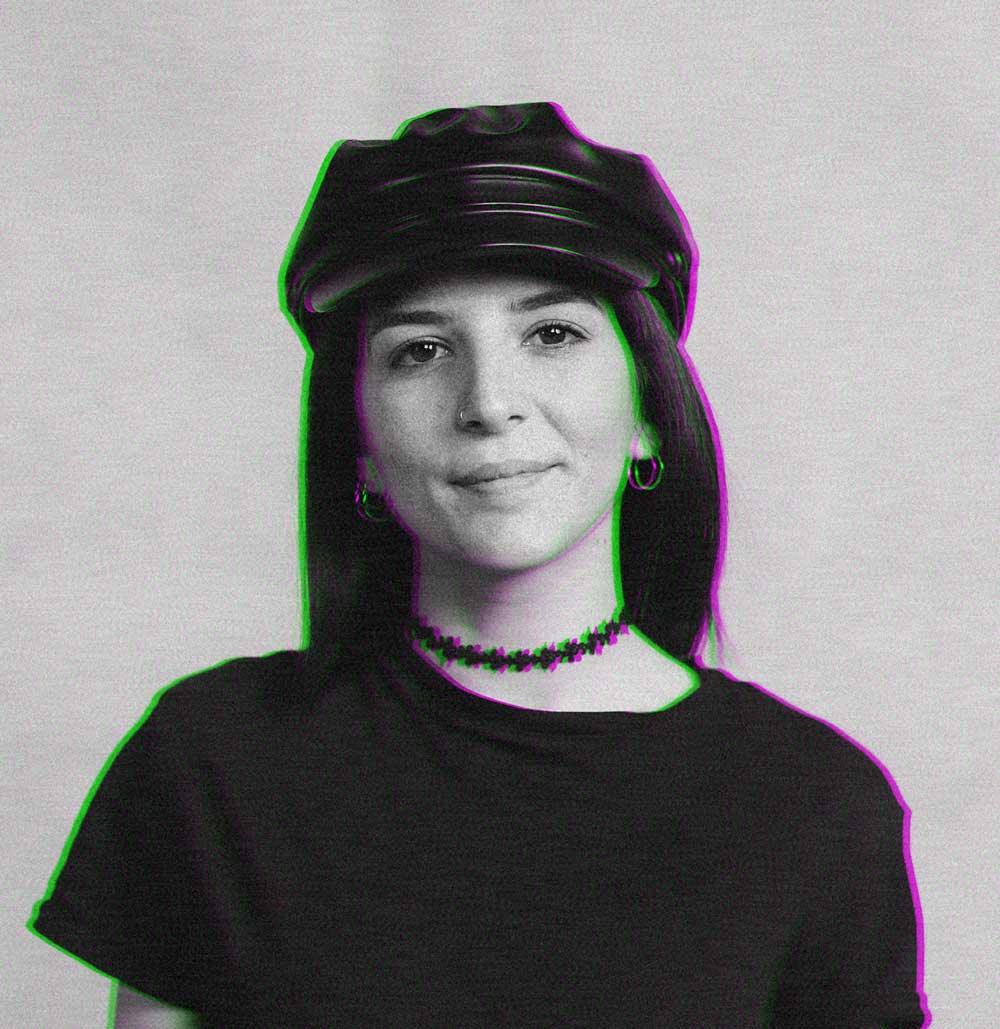
Using her journals as a starting point, Amy chronicled her thought process to better understand and perceive her own subconscious. ‘Journaling helped me put my thoughts to paper. I was seeing these patterns and writing without being judged. When you write consistently, today, tomorrow, next year, then you start seeing things develop.’ She then transformed these entries into a selection of 8 songs and 4 poems. These were further refined until Amy settled on a single song to bring to life through a music video. Connecting lyrics and particular phrases to specific moods and colours allowed Amy to determine aspects such as lighting in the music video. She explains how the song she chose, ‘Bad Dreams,’ is about how ‘we’re only haunted by the things we refuse to accept.’ In reality, her subconscious thoughts were guiding her, and that’s why they were repeating themselves, until finally she managed to face her reality by following her beliefs. Due to the challenges she felt, Amy managed to transform her journey into an artistic music video.
What’s particularly fascinating about Amy’s work is that rather than focusing on sexual orientation, she focuses on her own feelings around the issue. ‘I wanted to sort out my confused thoughts, literally spend time and figure out why I was feeling this way. The process of writing music happened automatically, and I immediately felt an impact. I felt better. It felt like I had purpose.’
Amy admits that her artistic journey was not easy. ‘At times I ended up really broken. But it taught me that everyone is trying to figure themselves out. We shouldn’t be too hard on ourselves. It’s okay; you should never give up. Things will get better.’


Estelle Zahra – IBS – In-Between-Symptoms
Despite what some philosophers believe, we aren’t simply disembodied brains in a jar. Our physical condition forms a sizeable chunk of our identity. Estelle Zahra’s art, a series of 90 tiles, each with their own unique and colourful swirls, aims to artistically explore elements of her condition, Irritable Bowel Syndrome (IBS).
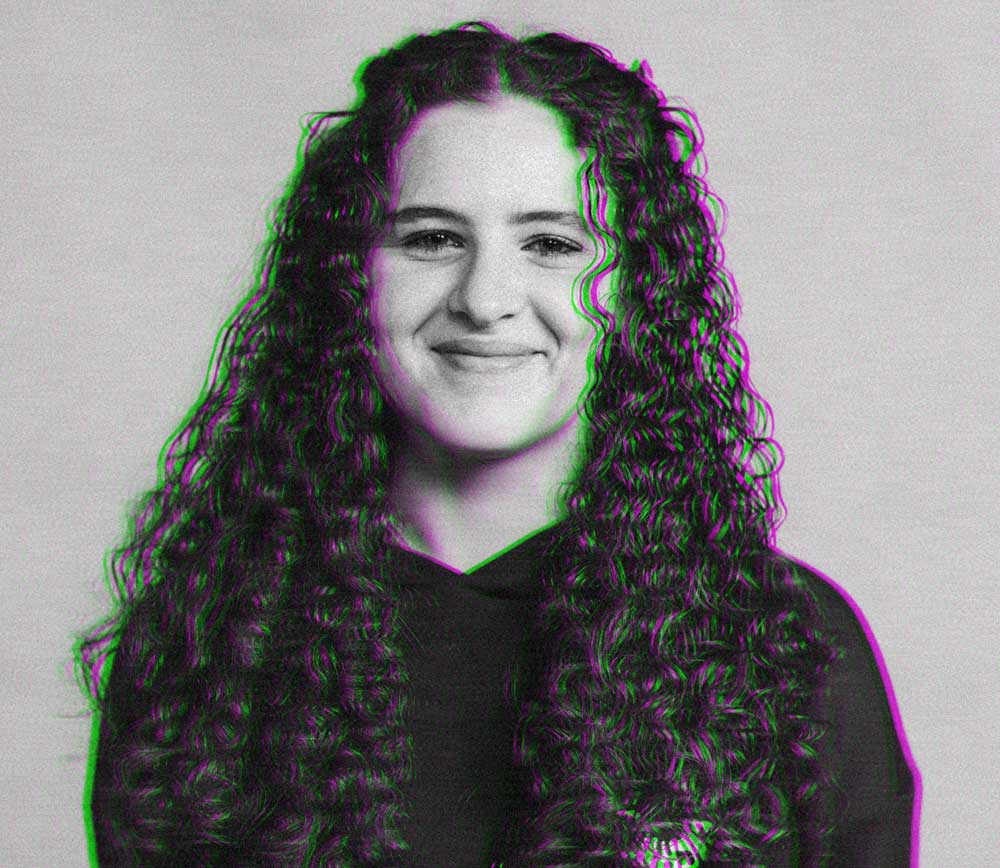
‘It’s a chronic condition which mostly affects the guts. Of course it’s also connected to the brain. So if you’re stressed, haven’t eaten the right food, or haven’t slept well, it can flare up.’
She refers to artist Kari Bienert’s work, renown for her spontaneous and stream-of-consciousness approach to her art making. ‘Kari doesn’t really sketch or plan her work. Her art is like a window into her mind and soul at a specific moment.’ In the same way, each of Estelle’s tiles offers a glimpse into living with IBS on specific days. Behind the bright and vibrant swirls, there is a surprising amount of data locked away.
‘I started with a visual journal. I colour coded the symptoms I felt every day (ranging from nausea to constipation), the different times of the day (light blue for mornings all the way to dark blue for evening), temperature of the day (on a spectrum of blue for cold all the way to red for higher temperatures), as well as lifestyle factors like stress, sleep, and physical activity.’
The swirls themselves divide each tile into 5 sections. The 4 times of the day (morning, noon, afternoon, and evening) in blue, while the 5th section includes temperature, stress, physical activity, and sleep. Chronicling this information across the span of 90 days, each tile represents what it’s like living with IBS, with all of its highs and lows. The white spaces in between the swirls signify those blissful moments when there are no symptoms, while the tiles crammed with colours stand for the more challenging days.
Estelle points out that this condition is not widely mentioned. She hopes her art will raise awareness and help people better understand it. ‘It [IBS] doesn’t define me, but it’s a big part of my life, as I have to see that everything I do in my life ‘fits’. On some days, it can really affect what I do and where I go. I try my best not to let it get to me, but there are days when it wins,’ she admits.
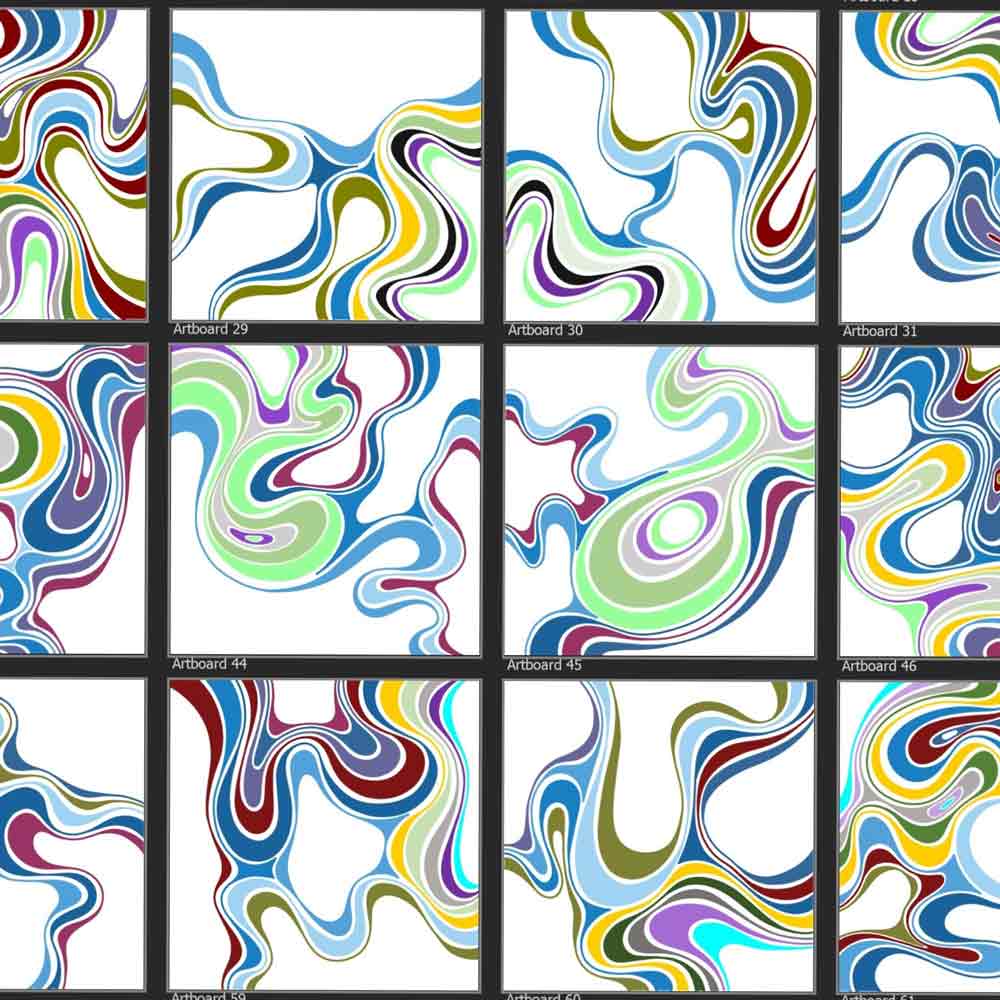

The young artists offer us a glimpse into the rewarding but often difficult process of exploring our self. These four students each form a part of an entire exhibition among their Bachelor of Fine Arts class. The exhibition was held on the 20th and 21st of May on the fourth floor of the Faculty of Media and Knowledge Sciences building on Campus.
Author
-

Before taking over as editor of THINK Magazine, David used to teach English, British Literature, and History. He has worked as a freelance writer for a number of companies and has written about a variety of topics; from mattress reviews to cryptocurrency to marketing guides. When he isn’t co-ordinating THINK’s strategy, David enjoys drinking black coffee and plotting global domination.



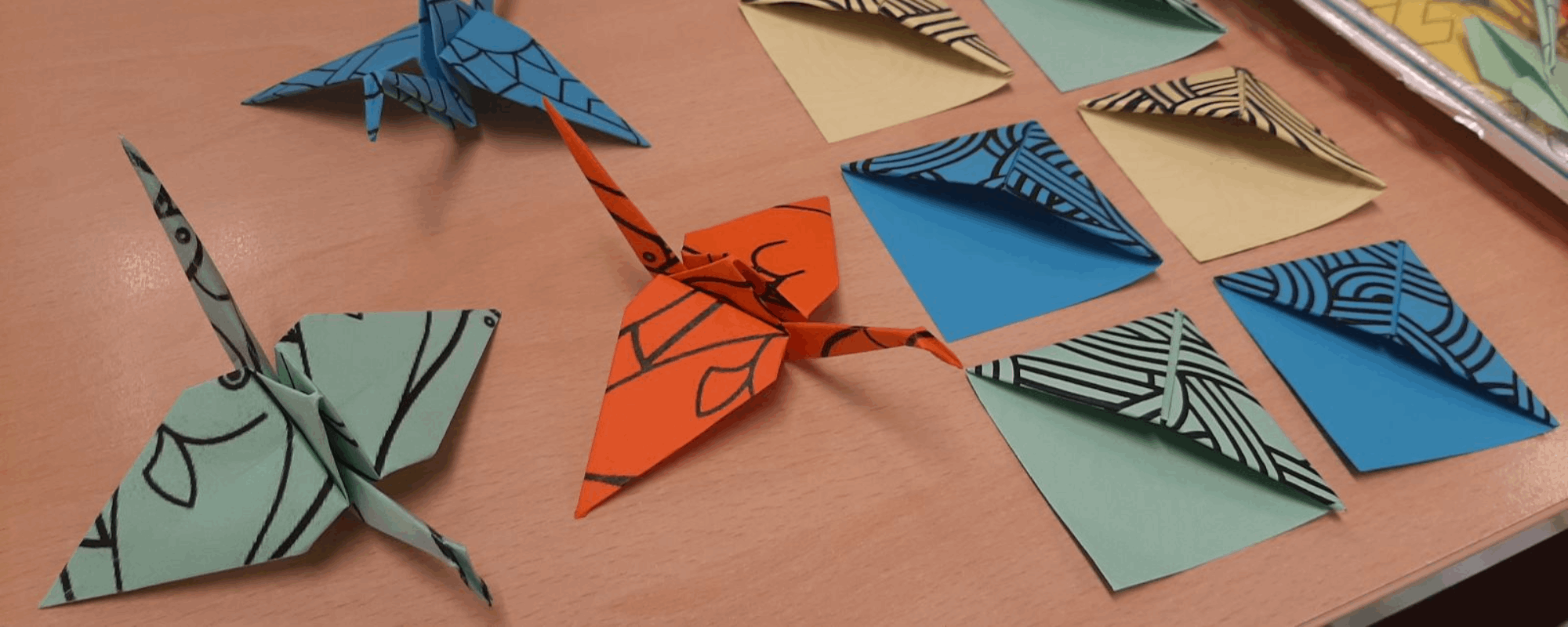
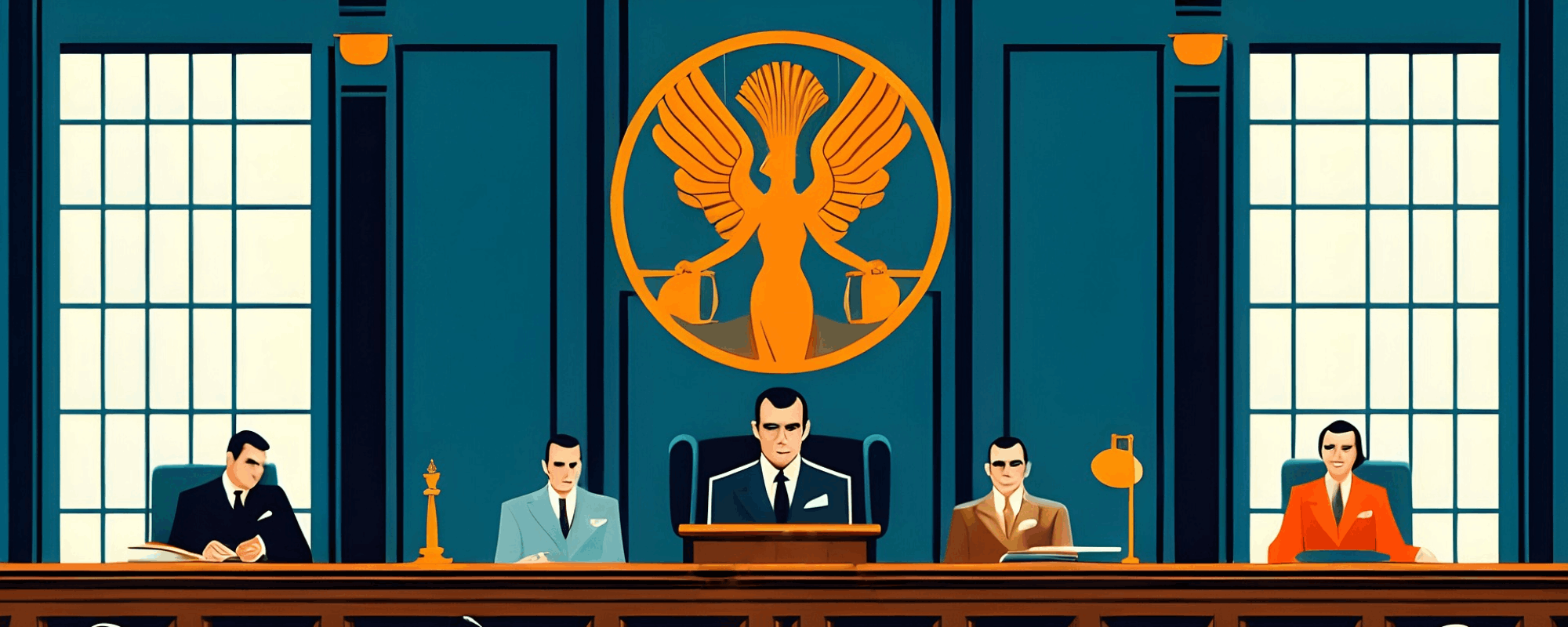

Comments are closed for this article!